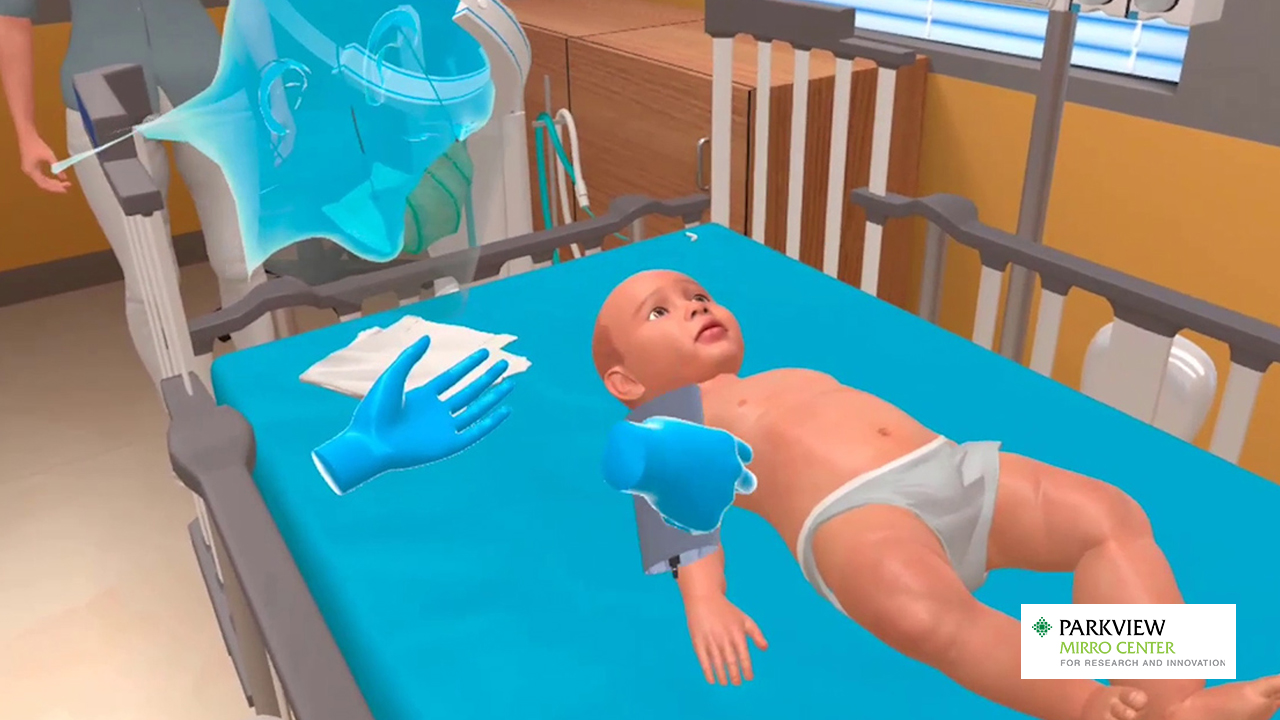
Foley catheter insertion is a core nursing skill which involves introducing a thin flexible sterile tube through the urethra into a patient’s bladder for the purpose of withdrawing urine. The Foley catheter can be left in place for a certain period of time due to which it is also called an indwelling catheter. The tube is held in place with a small inflated balloon in the bladder. The balloon is inflated with sterile water and prevents the tube from getting dislocated. Urine is drained through this tube, or catheter, into a urine bag attached to the other end of the tube. This bag is suspended from the side of the patient’s bed and is emptied when full.
Instances requiring urinary catheterization
A patient is required to undergo urinary catheterization due to an ongoing procedure, surgery or a health problem. This could include any of the following instances:
– Urine retention problems
– Urinary incontinence
– Obstructed urethra due to anatomical conditions
– Urine output monitoring in critically ill patients
– Bladder dysfunction
– Sterile urine sample collection for diagnostic purpose
– Lower urinary tract imaging study
– Patient on pro-longed bedrest
– Post-surgery
Caution, Precaution and Care
Foley catheter placement is not be a very complex skill but takes a good deal of practice to master it. Performing with care, caution and confidence is crucial to achieve smooth execution of the procedure. Besides, both male and female procedures pose their own sets of challenges. Bearing in mind some basic points can prove to be very helpful.
– Determine and select the appropriate catheter size. Document it.
– Supine lithotomy position may be difficult or dangerous for some women, especially in the third trimester of pregnancy or for patients suffering from arthritis of knees or hips. Catheterization can be completed in a lateral to sims position in such cases.
– Male catheterization may present difficulty inserting the catheter through the sphincter, especially in older men with prostatic hypertrophy. Requesting the patient to cough slightly while inserting the catheter may help ease the process.
– Always use one-time-use sterile gloves for every new procedure.
– Before inflating the balloon, ensure urine is flowing.
– In male catheterization procedure, urine return does not always ensure proper placement of catheter, as there may be residual urine in the penis. Inserting the catheter till the Y bifurcation would be a better way to ensure proper placement.
– Monitor the flow of urine. Excess flow may result in hypotension or hemorrhage.
– Urine bag should always be hung below the level of the bladder to prevent backflow of urine.
– Before removal, make sure the balloon is deflated.
During catheter placement, even if a slight resistance is felt, do not apply force. Work as gently as possible and if required consult the concerned doctor.
An indwelling catheter can be placed for about 3 months and does not require frequent changing. The less often it is changed, the fewer chances of infection. It is important to monitor and empty the urine bag in every shift or when full.
Skill practice with MedVR Education
Foley catheter placement is a basic procedure but also a delicate one. Safe and hassle-free performance calls for trained and experienced hands. MedVR Education offers training solutions in virtual reality to help nurses practice and perfect the procedure, starting from preparing the patient to completion of the catheterization.
As part of its Foley Catheter Insertion training solution, MedVR Ed offers the following lessons.
Patient preparation – Like every medical procedure, catheter insertion also calls for a stream of preparations. This includes confirming the identity of the patient, preparing the patient, gathering the necessary equipment and creating a sterile field.
Catheter Insertion – Insertion is a gentle process and needs to be performed with soft hands. This lesson helps practice the process of insertion, ensuring the catheter is properly placed and inflating the balloon to secure the catheter.
Training with MedVR Education
MedVR Education offers training simulations in VR with a virtual patient. The many benefits of training with MedVR Ed include:
– Photorealistic virtual environment to create familiarity with real-world scenarios.
– Communication skills practice with the patient.
– Practice with virtual patient for realistic experiences.
– Physics-based interactions with affordances which create lifelike effects.
– Haptic feedback helps understand the effects and results of one’s actions.
– Practice in zero-risk virtual environments helps learners learn from mistakes.
– Multiple practice sessions to refine skills.
– Web-based dashboard facilitates self-analysis of performance.
– Instant feedback in training mode helps identify mistakes and rectify them immediately.
– An assessment mode to help learners recap, revise, assess their skills and perfect the procedure.
– Detailed instructions and appropriate affordances provide a thorough practice session.
MedVR Education ensures complete ease of access of its solutions as all technical issues are managed at the backend by the tech team. This means the user only has to log in to the program and begin the training.
Contact us to know more about VR in healthcare training, or visit our MedVR Education webpage to explore the various programs we offer.


